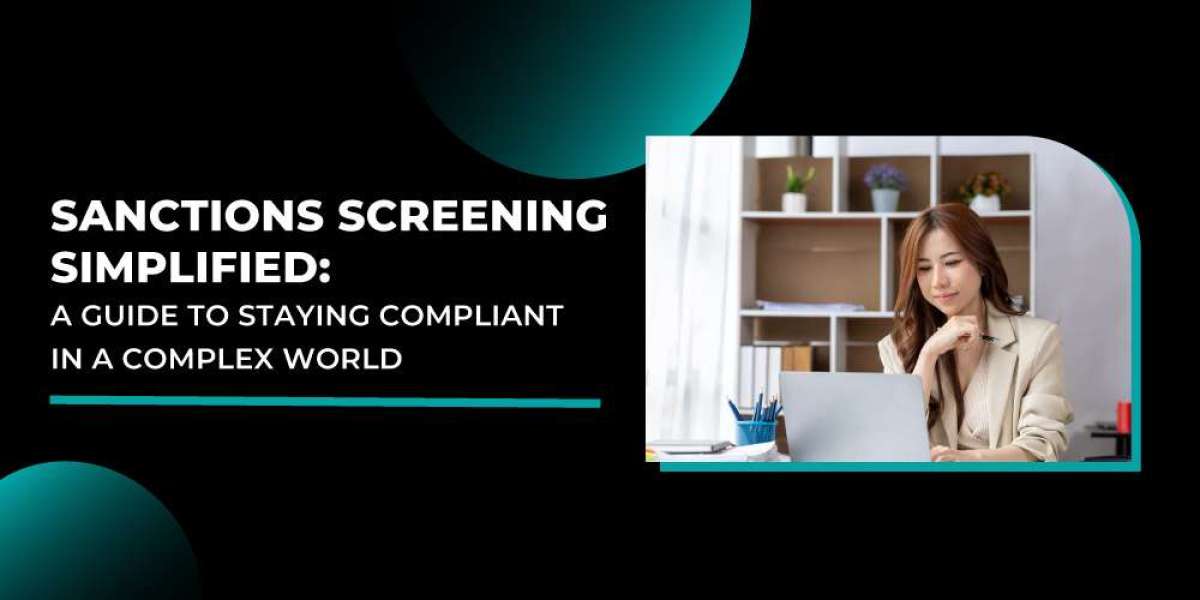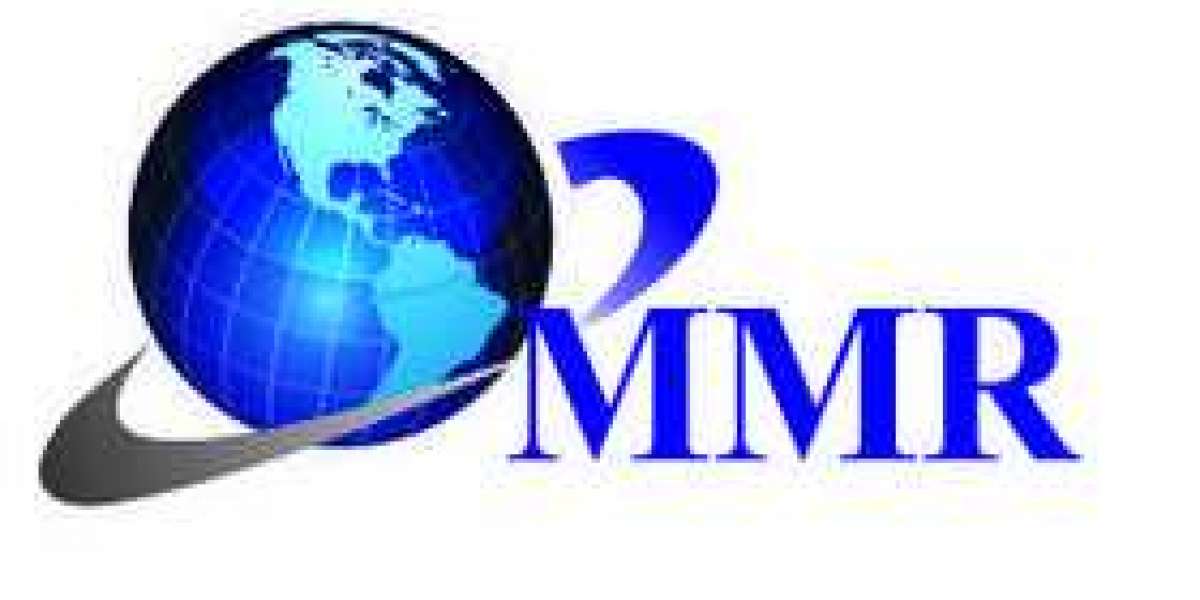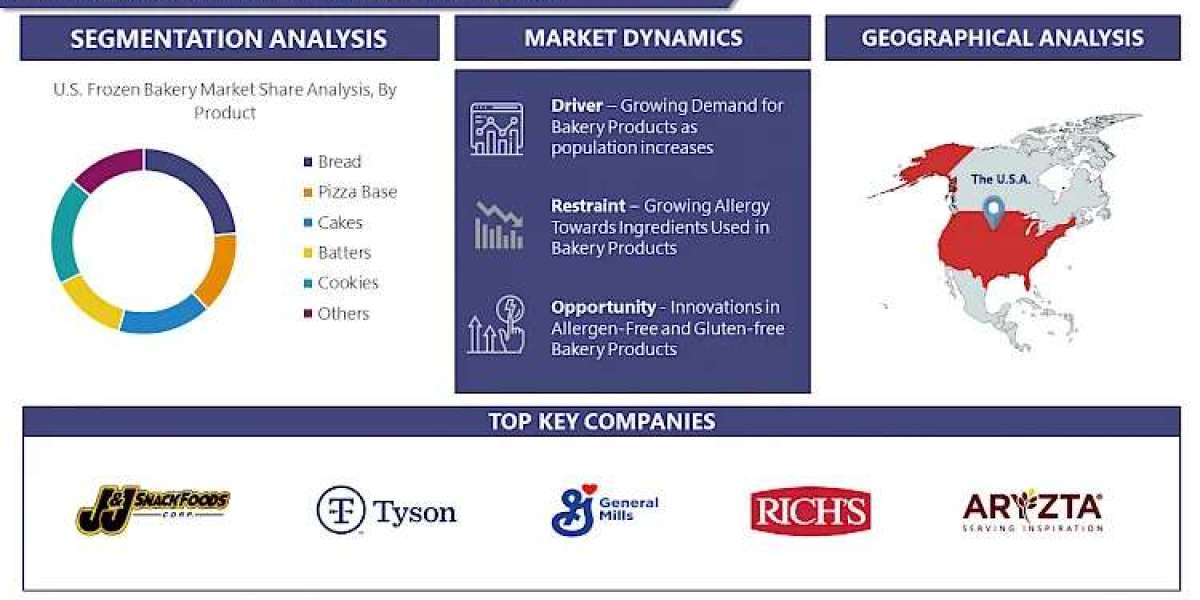In today’s global economy, businesses operate in an environment that is increasingly interconnected—and regulated. One of the critical compliance challenges organizations face is sanctions screening, a process that ensures transactions and partnerships adhere to global and local laws. With compliance stakes higher than ever, leveraging the right tools and strategies is essential to avoid hefty fines, reputational damage, and operational disruptions.
This tech article explores how businesses can navigate the complexities of sanctions screening while maintaining efficiency and compliance. By integrating technologies like Martech, organizations can streamline workflows and enhance accuracy in their compliance programs.
What is Sanctions Screening?
Sanctions screening is the process of checking individuals, organizations, and transactions against lists of sanctioned entities or countries. These lists are issued by regulatory bodies such as the Office of Foreign Assets Control (OFAC), the United Nations, and the European Union.
Failure to comply can result in severe consequences, including fines, penalties, or loss of market access. For businesses, staying compliant isn’t just about avoiding legal troubles—it’s about maintaining trust with customers and partners in a highly regulated world.
The Challenges of Sanctions Screening
Modern sanctions screening is not as straightforward as it sounds. Challenges include:
- Data Overload
With thousands of transactions processed daily, manually screening each one is nearly impossible. The volume of data requires businesses to adopt automated tools that can handle scale. - False Positives
Screening tools often flag transactions unnecessarily, creating a backlog of alerts that require manual review. This slows operations and increases compliance costs. - Dynamic Regulations
Sanctions lists are updated frequently, sometimes with little notice. Staying compliant requires constant monitoring and updates. - Cross-Border Transactions
Multinational businesses face the added complexity of adhering to different sanctions regulations in various jurisdictions.
How Martech and Technology Are Simplifying Compliance
Technology, particularly Martech solutions, has become a cornerstone in modern compliance programs. By leveraging artificial intelligence (AI) and machine learning (ML), businesses can:
- Automate Screening: Advanced tools can scan large volumes of transactions in real time, ensuring that potential risks are flagged immediately.
- Reduce False Positives: AI-powered systems are better at distinguishing genuine risks from false positives, saving valuable time and resources.
- Stay Updated: Automated solutions can integrate with real-time sanctions lists, ensuring compliance with the latest regulations.
- Enhance Reporting: Many tools offer robust reporting features that provide auditors and regulators with detailed insights into compliance efforts.
One standout example of how Martech is revolutionizing compliance is its ability to unify data from multiple channels. For instance, if a company engages with customers via email, social media, and e-commerce platforms, Martech can centralize this data for seamless screening.
Steps to Build an Effective Sanctions Screening Program
- Understand Your Risk Profile
Assess your organization’s risk exposure based on geography, industry, and transaction volume. - Choose the Right Technology
Invest in tools that are scalable, reliable, and adaptable to your specific needs. Look for features such as real-time updates, integration capabilities, and analytics. - Train Your Team
Even the best technology requires skilled professionals to operate effectively. Regular training ensures your team stays updated on regulations and best practices. - Monitor and Audit
Continuously monitor your compliance program and conduct regular audits to identify gaps or inefficiencies. - Stay Proactive
Compliance is not a one-time effort. Be proactive in monitoring regulatory changes and updating your processes accordingly.
The Role of Collaboration
Compliance is a shared responsibility across an organization. Departments like sales, marketing, and finance must work closely with compliance teams to ensure that risks are managed effectively.
For example, marketing campaigns targeting international audiences should be reviewed for compliance with sanctions regulations. Here, Martech tools play a dual role: not only do they streamline marketing operations, but they also ensure that campaigns are compliant with global standards.
Benefits of Simplifying Sanctions Screening
By investing in the right technology and processes, businesses can reap numerous benefits, including:
- Reduced Operational Costs: Automation minimizes the need for manual intervention, cutting down compliance costs.
- Improved Accuracy: Advanced tools reduce errors, ensuring greater accuracy in risk assessment.
- Enhanced Trust: Compliance strengthens customer and partner relationships, building long-term loyalty.
Final Thoughts
In a world where compliance is becoming increasingly complex, businesses must adapt to stay ahead. Simplifying sanctions screening is not just about meeting regulatory requirements—it’s about ensuring operational efficiency and safeguarding reputation.
By integrating advanced technologies like Martech and following best practices, organizations can navigate the challenges of sanctions screening with confidence. As this tech article illustrates, the path to compliance doesn’t have to be complicated—success lies in leveraging the right tools and staying proactive.








